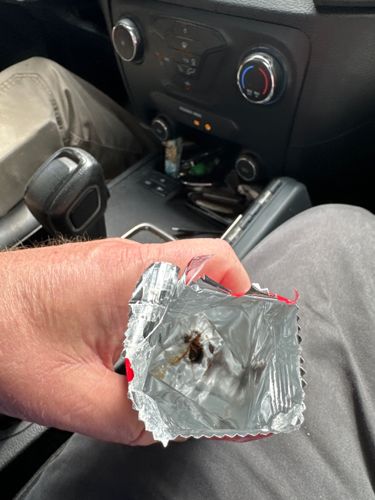Bumble Bee
Scientific Name: Bombus (genus)
Order & Family: Order: Hymenoptera, Family: Apidae (subfamily Apinae, tribe Bombini)
Size: Typically 6 to 25 mm (0.24 to 0.98 inches) in length, depending on the species and caste (queen, worker, male).

Natural Habitat
Widely distributed in temperate regions, found in a variety of habitats including grasslands, woodlands, urban gardens, and agricultural fields, wherever there are abundant flowering plants for foraging and suitable nesting sites.
Diet & Feeding
Nectar and pollen from various flowering plants. Nectar provides energy (carbohydrates), and pollen provides protein and other nutrients essential for growth and larval development.
Behavior Patterns
Bumble Bees are social insects living in colonies, typically smaller than honeybee colonies. They are known for 'buzz pollination' or sonication, where they vibrate their flight muscles to release pollen from flowers. Queens emerge in spring to start new nests, often in old rodent burrows or dense grass. Workers forage during the day, collecting nectar and pollen. In late summer, new queens and males are produced, and the old queen and workers die off before winter.
Risks & Benefits
Risks: Can sting if provoked or if their nest is disturbed. Unlike honeybees, bumble bees can sting multiple times as their stingers are not barbed. Stings can be painful and may cause allergic reactions in sensitive individuals. Benefits: They are crucial pollinators for many wild plants and agricultural crops (e.g., tomatoes, blueberries, cranberries, peppers), contributing significantly to ecosystem health and food production. Their ability to perform buzz pollination makes them especially effective pollinators for certain plants.
Identified on: 8/11/2025